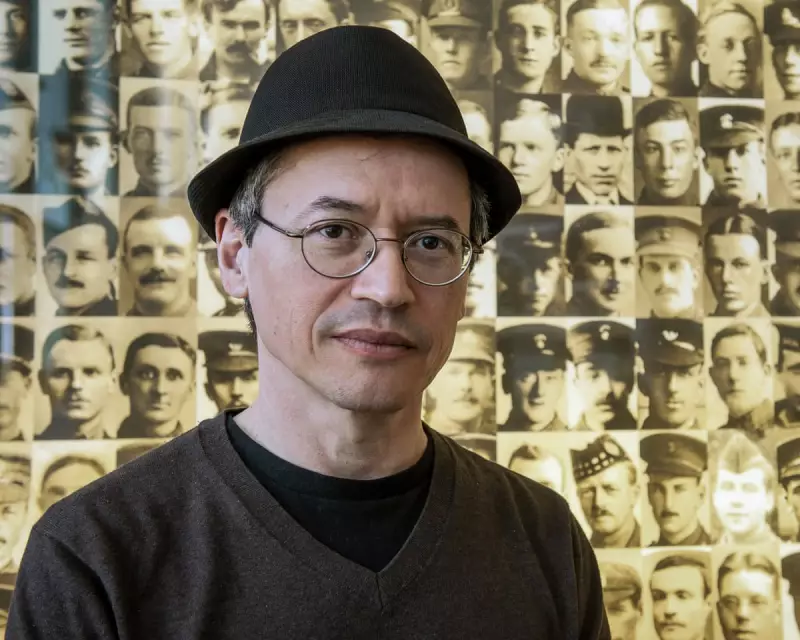
Joe Sacco's Groundbreaking Visual Journalism Returns
Joe Sacco, the acclaimed graphic novelist who revolutionised comic-book journalism with his seminal work Palestine, has returned with another profound exploration of global conflict. His latest publication, The Once and Future Riot, turns a meticulous eye towards the 2013 Muzaffarnagar riots in northern India, dissecting the enduring scars of the subcontinent's violent partition in 1947.
From Palestine to Uttar Pradesh: A Journalist's Journey
Sacco stands virtually alone in his unique methodology, embedding himself within conflict zones to gather firsthand accounts from ordinary people caught in extraordinary circumstances. His approach transforms complex geopolitical narratives into accessible, human-scale stories. This technique first garnered international acclaim with Palestine, his 1990s documentation of life in Gaza, which propelled graphic novels into mainstream literary recognition alongside Art Spiegelman's Maus.
The relevance of Sacco's work remains starkly evident. Palestine saw a reprint in December 2023 after selling out completely following the 7 October attacks, demonstrating its continued significance in understanding Middle Eastern tensions.
Unpacking the Roots of Sectarian Violence
The Once and Future Riot meticulously traces how the arbitrary borders drawn during the 1947 partition of India by British colonial authorities, including the last viceroy Lord Mountbatten, created a legacy of sectarian division. Sacco focuses his lens on a specific outbreak of violence in rural Uttar Pradesh over six decades later.
The catalyst for the 2013 Muzaffarnagar riots remains contested. Some accounts point to the public sexual harassment (termed 'eve-teasing') of a Jat Hindu woman by a Muslim man, leading to a cycle of retaliatory murders. Others suggest a simple traffic dispute escalated into full-blown sectarian warfare. Regardless of the spark, the consequences were devastating and well-documented.
Dozens were killed, hundreds injured, and tens of thousands were displaced from their homes as communities turned against each other. Sacco's reporting highlights the failure of political and religious leaders to maintain control and peace at every critical juncture.
The Anatomy of a Modern Riot
Sacco's work powerfully illustrates how rumour and misinformation can fuel chaos in the digital age. A pivotal moment in the violence was the circulation on Facebook of a video purportedly showing a local Jat boy being lynched. The footage, which later proved to be years old and filmed in Afghanistan, nevertheless ignited feverish violence.
The riots lasted only a few days before the army was deployed to restore order, but the aftermath was protracted. Sacco documents the inadequate and potentially corrupt reparations efforts and the grim conditions in displacement camps, where both Jat and Muslim communities sought refuge, though Muslims were disproportionately affected.
The book's title itself suggests violence as a recurring feature of Indian democracy. Sacco connects the Muzaffarnagar unrest to Prime Minister Modi's political ascent, partly fuelled by the 2002 Gujarat riots. A decade later, the political atmosphere in Uttar Pradesh and across India remains volatile, prompting Sacco to pose a crucial global question: does a democracy that foments violence risk being overwhelmed by it?
Artistic Evolution and Narrative Technique
Critics note an evolution in Sacco's artistic style. While maintaining his signature wit and realism, his character depictions in The Once and Future Riot appear less caricatured than in Palestine. The narrative is punctuated by vox pops—direct testimonies from people on the street—emphasising the subjective experience of those at the heart of the conflict.
One distinctive artistic choice involves the shading of characters' skin tones using parallel horizontal lines rather than traditional cross-hatching. This technique, while initially distracting to some readers, creates a unique visual texture across the dark skin tones of all protagonists.
Ultimately, Sacco reaffirms his position as a journalist first and foremost. His graphic novel format, while subjective, accommodates contradictory memories and complex political analysis often absent from traditional journalism. In an era of diminishing long-form reporting and soundbite analysis, Sacco's work stands as a vital lifeline for nuanced understanding.
The Once and Future Riot by Joe Sacco is published by Jonathan Cape priced at £20.





